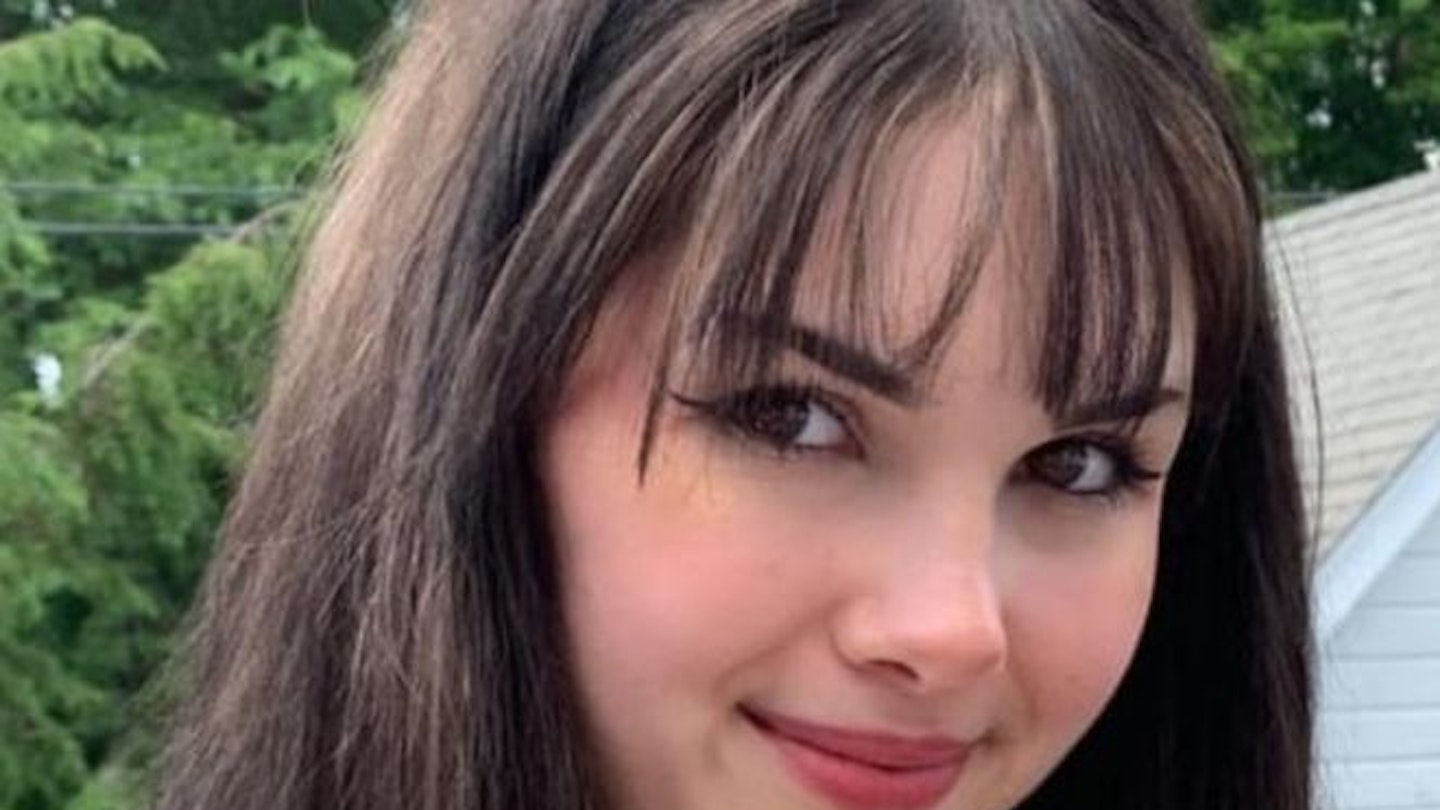On Sunday morning a 17-year-old girl named Bianca Devins was murdered in New York state. Shortly after her death, a man named Brandon Clark posted pictures of her dead body online.
17-year-old Bianca was a popular Instagram user, with 35,000 followers across two profiles, the most popular of which was @escty. It was just two months before her death that she met Brandon Clark through Instagram, her 21-year-old boyfriend who went on to murder her before he posted an image of her body. Alongside the image, Clark wrote 'I'm sorry Bianca'. Police in Utica say they have in authenticated images of her remains.
Devin's name has now been splashed across the internet, but it's not her death itself that is the focus. The designated newsworthy element of her story that has been picked up on, is the fact that images of her body have been shared hundreds of times on various social media sites including Instagram, 4Chan and Discord. Today, the BBC reported that although the images of Bianca that were posted to Clark's Instagram account were removed, it wasn't possible to take them down before copied and shared by other Instagram users who were following Clark's Instagram account.
To anyone who has ever used Instagram this won't not come as a surprise. Like Pandora's box: once something has been released on a platform with a user base of Instagram's size, it's impossible to put back in.
The crime is shocking, but In light of our obsession with social media is it really so surprising that pictures of that women's dismembered body are being shared across Instagram moments after her death?
Even more egregiously, the accounts that copied the images then left comments on Clark's remaining post re-directing users to their pages to view the reposted images of Bianca's body. Yes: there are Instagram users out there who are using images of Bianca Devins body to grow their following. Stop the world, we want to get off - but more than that, we demand an explanation as to why we are so jaw-droppingly numbed to the victim's suffering
In response, a spokesperson for Instagram said 'We are taking every measure to remove this content from our platforms,' adding 'our goal is to take action as soon as possible - there is always room for improvement.' we all know that when it comes to the internet: all this really tells us is that it's parent company, Facebook is trying to firefight a 20ft blaze with a garden hose. It's also beyond disappointing that Instagram's censorship is faster-acting on female nipples than it is on the deceased remains of a female victim.
Above all - Bianca Devins' story is a troubling indictment of humanity, and possibly of what social media and the popularity of true crime is doing to us.
When reading about the horrific murder of Bianca Devins it's hard not to wonderhow long it will be before the Netflix or Amazon scoopthe rights to make it into a drama? Gypsy Rose Blanchard murdered her mother after years of abuse in 2015. The biopic was streaming online four years later.
The popularity of series like_The Ted Bundy Tapes_ and Making A Murderer do nothing if not amplify intrigue in killers, with dismembered, mutilised and assaulted female bodies acting merely as props to the narrative and a subtext - something that film makers and the media have been slack in taking responsibility for challenging.
Is it so surprising that, now, in the case of Bianca Devins: we are seeing an image of a female victim's body treated with a total lack respect? Perhaps when you blur the lines between storytelling and the realities of violence and murder of women, this is what happens.
Instead of remembering Bianca as the victim, the graphic Instagram images, let's remember her in the words of her family, who have described her as 'a talented artist, a loving sister, daughter, and cousin, and a wonderful young girl'.
